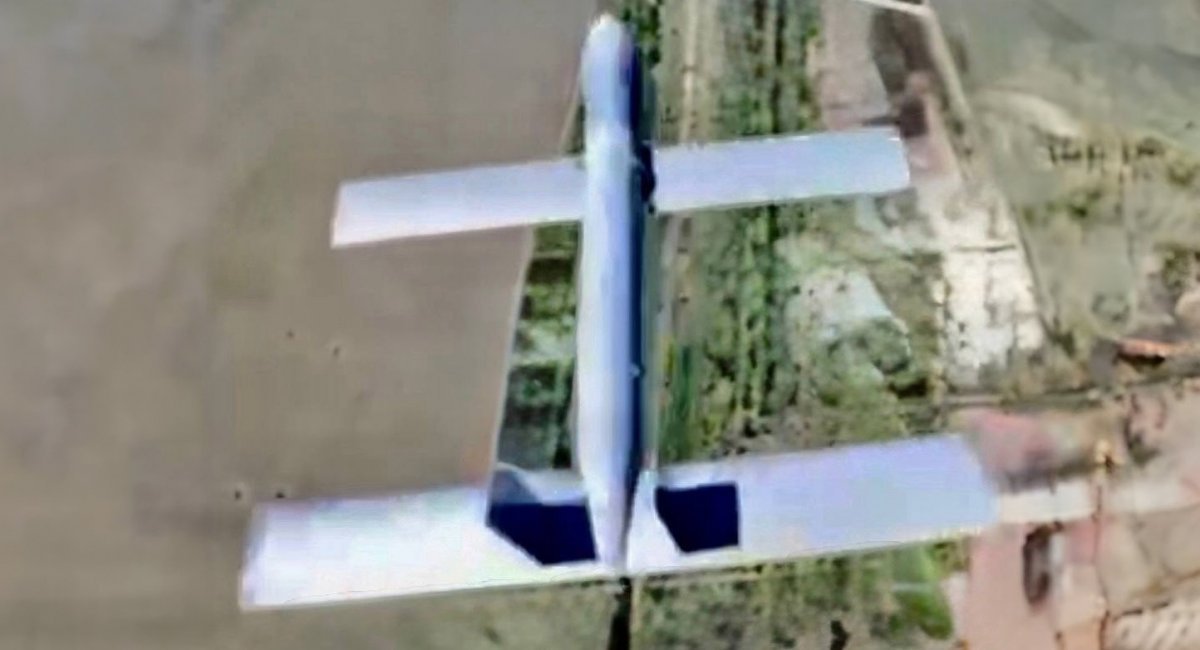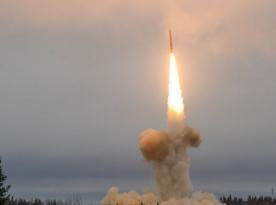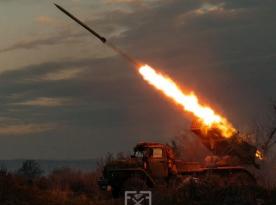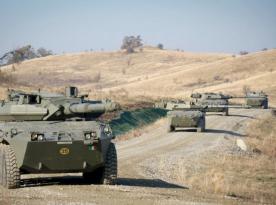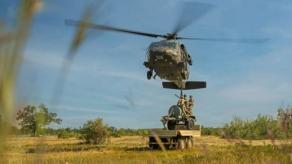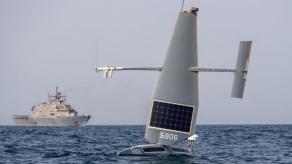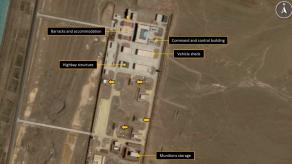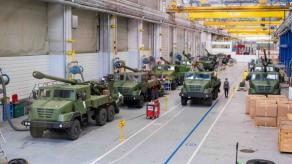Since early 2025, russian forces have increasingly employed these new loitering munitions, which feature fully autonomous control enabled by sophisticated visual recognition systems. Initially, their operational range was limited to about 30 km, with attacks reported around Sumy. By April, however, reports indicated a range of up to 80 km. Now, a gasoline-powered variant has emerged, extending the strike radius to 100 km.
One such drone recently attacked a target 100 km from the front line, according to defense analyst Serhii "Flash" Beskrestnov, who has urged immediate attention to this growing threat.
Read more: Ukraine's Deep Strike Campaign Continues: 1,200 Drones in Four Days Reported by russia
This UAV operates without satellite navigation, instead relying on visual terrain matching to navigate toward its target area. Its onboard systems are reportedly capable of autonomously detecting, classifying, selecting, and engaging targets. Notably, it likely requires no operator input to authorize the final strike decision.
At present, the drone communicates via high-speed mobile internet. However, this method is unlikely to become the russians’ primary solution in the long term due to its inherent vulnerabilities.
It is important to note that for the russian military, there is no ethical dilemma if such a drone strikes a non-military target. This stands in stark contrast to Western doctrine, where preserving human oversight in lethal decision-making is a foundational ethical principle, especially in the deployment of AI-driven weapons. In russia’s case, it appears irrelevant whether a UAV equipped with a 3-kg combined high-explosive fragmentation warhead autonomously targets a military truck or a civilian bus.
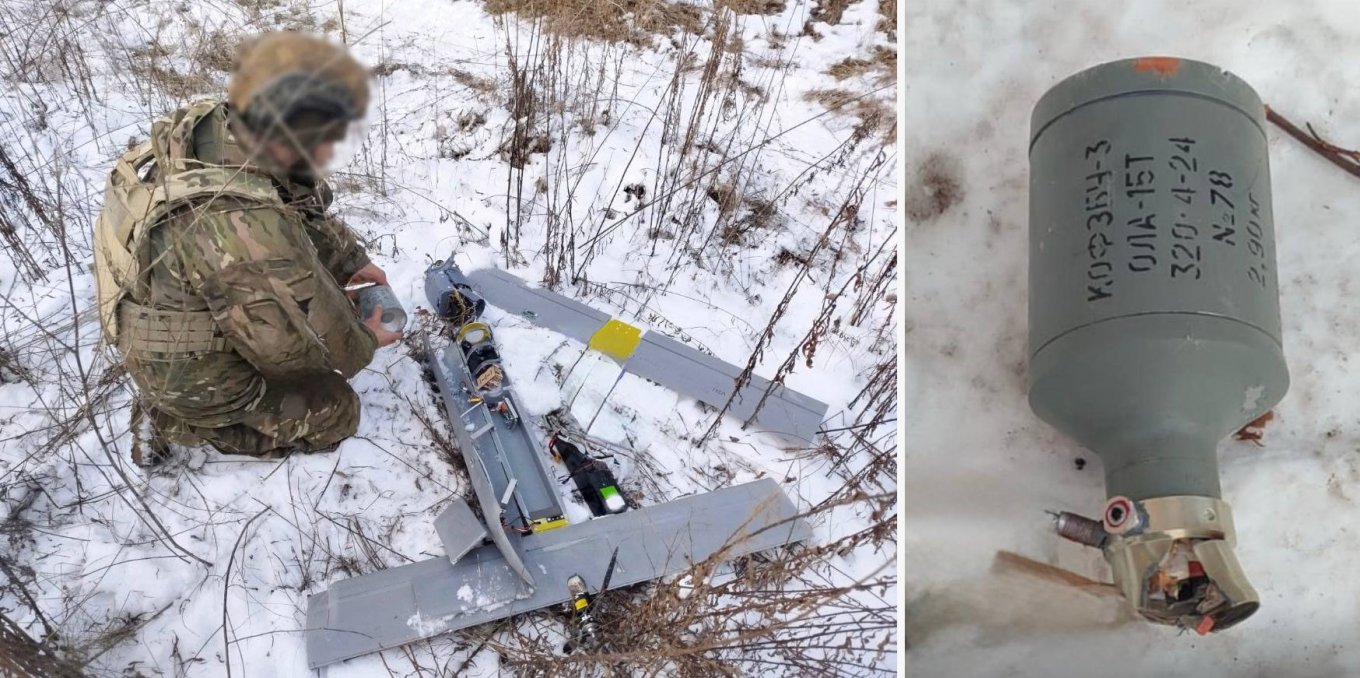
The core issue is not merely the appearance of a new kamikaze drone in the russian arsenal. The real threat lies in the emergence of an autonomous long-range weapon platform enhanced with machine vision. This capability solves two major battlefield challenges: resistance to electronic warfare, both in navigation and in target engagement, and the ability to operate without any communication link to an operator.
This raises the possibility that, should these systems prove effective despite their cost, russia could begin integrating them into other long-range strike platforms, such as long-range drones or miniature cruise missiles. Integration requirements are relatively modest: a high-resolution camera, a video processing module, and a local database of reference imagery stored on a drive of roughly 100 GB capacity.

The most critical component is the software – the machine vision algorithms themselves. These govern not only the UAV’s visual navigation by comparing real-time imagery with stored reference maps but also its ability to autonomously select and engage targets. In essence, this represents one of the final steps toward fully autonomous swarm drone operations.
Read more: What Makes New russian 80-km Autonomous Strike Drone Even More Dangerous Than Lancets



